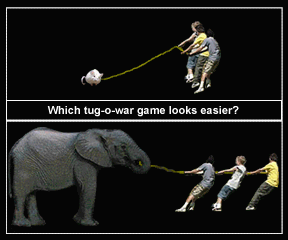Which would be more difficult to pull? Well, we really shouldn’t be treating these animals this way! Please do not pull elephants or mice!
Click on image for full size
Windows to the Universe original image
What is mass?
Would it be more difficult to pull an elephant or a mouse?
If you pulled each animal the same amount, the mouse would come towards you but the elephant would not move at all, even if he didn’t try to pull back. That’s because an elephant has more mass than a mouse.
Mass is the amount of stuff in an object. It is different from weight because weight depends on the amount of gravity. This means that even though our elephant weighs less on the moon, his mass stays the same.
Last modified September 10, 2002 by Lisa Gardiner.
You might also be interested in:

Density is a measure of how much mass is contained in a given unit volume (density = mass/volume). Put simply, if mass is a measure of how much ‘stuff’ there is in an object, density is a measure of how
...more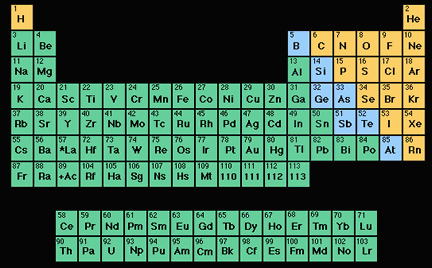
There are some basic ideas that you find in many kinds of science. We have grouped these "starting points for science" into three areas: space, time, and matter. On one hand, "space" is the term we use
...more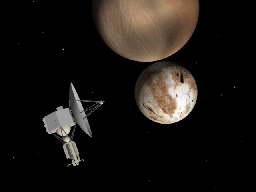
AU stands for Astronomical Units. It is an easy way to measure large distances in space. It is the distance between the Earth and the Sun, which is about 93 million miles. For really big distances, we
...more
The solar wind is formed as the Sun's top layer blows off into space. It carries magnetic fields still attached to the Sun. Streams appear to flow into space as if they are spiraling out from the Sun,
...more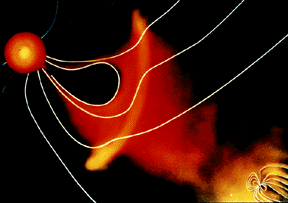
For a planet to be affected by a blob of material being ejected by the sun, the planet must be in the path of the blob, as shown in this picture. The Earth and its magnetosphere are shown in the bottom
...more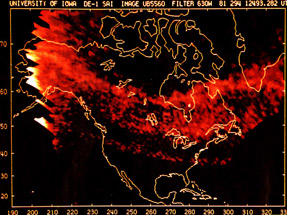
If someone says they saw an aurora, you might picture something like this. There is another type of aurora that we can't see. These aurora are called SAR arcs. The SAR stands for Stable Auroral Red. That
...more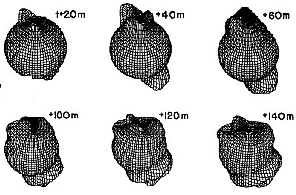
This figure shows the effect of the aurora on the atmosphere. When FAC's enter the atmosphere and create the aurora, they heat the atmosphere suddenly and abruptly. This creates an impulse which travels
...more


